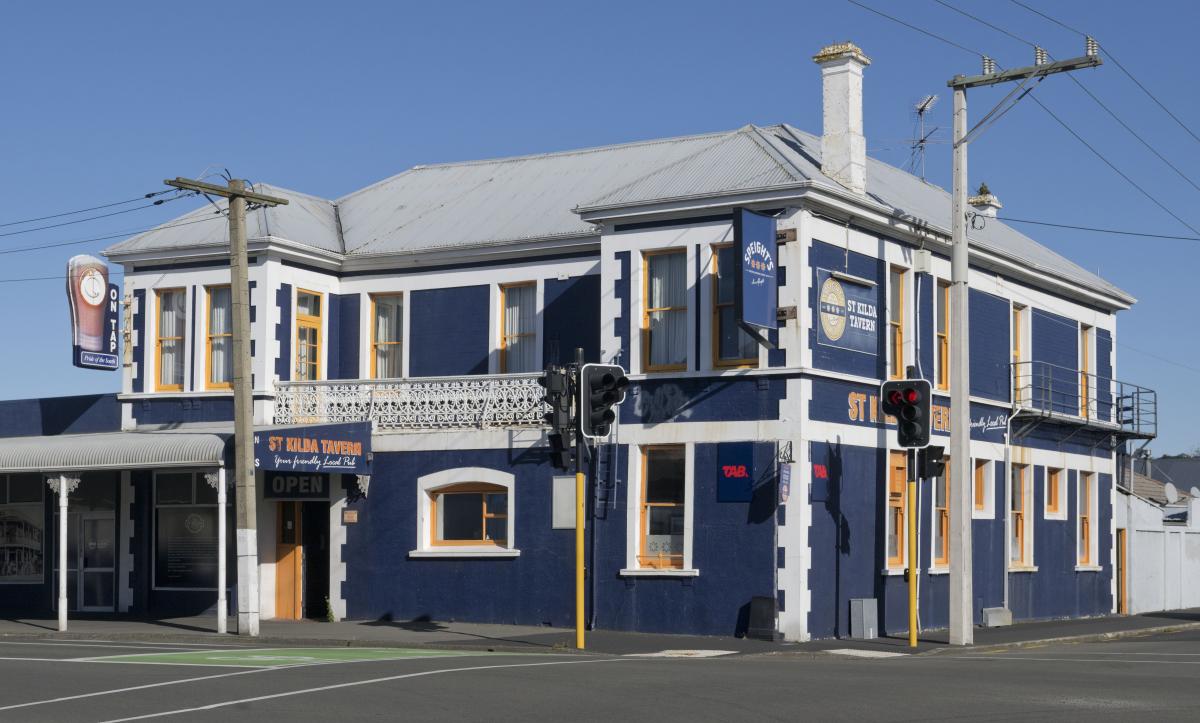Back in 1975, Tony Williams was told the life expectancy of a small business in New Zealand was five years.
Notching up a 50 year career as an artist craftsman, which has included manufacturing jewellery, employing, training, exporting, retailing and wholesaling, he has blown that timeframe out the window of his Dunedin workshop.
While semi-retired, Mr Williams (76) continues to make fabulous pieces from a bench he refers to as his “world” and he has an exhibition at the Otago Art Society later this month.
When it came to business success, the goldsmith and enamelist believed those that thought of it only in dollar terms had missed the point.
His tenure had been successful because he had made a living, which had varied from “being appalling to quite good”. He had done some great work and he had a reputation that expanded outside New Zealand.
And it was a lot more than just an object that was being sold.
“If you haven’t dripped blood — sometimes literally — into the piece, does it really have a soul?
“Being aware of that is part of how you survive.”
Born in England, where his father Robert (known to his family as Robin) Williams was embarking on post-graduate study at Cambridge University, he was brought up in Wellington.
Robin was an influential civil servant and scientist who moved into university administration, taking the position of vice-chancellor at the University of Otago in 1967 where he oversaw a review of the struggling Otago Medical School.
Describing himself as “one of those kids who didn’t know what to do”, the young Mr Williams dropped out of university.
While there was some expectation, due to his father’s standing, that he would complete his tertiary studies “and get a uni-type career”, he said his father was supportive of his desire to get into jewellery making.
The significant arts and crafts movement in New Zealand at that time was at its peak. While he tried to get an apprenticeship, he was too old, as, because of the economics of the time, businesses could not afford to pay adult wages, rather than a youth rate.
His father made some inquiries and Mr Williams returned to England where he trained at the Birmingham School of Jewellery, receiving an honours diploma in jewellery and a diploma in gem diamonds.
He later worked for Anglo-Italian jewellery designer Andrew Grima in London, the leading contemporary jeweller of the time and whose clients included members of the British Royal Family.
It was a large workshop, with 20 or so staff, and Mr Williams thought he once saw the late Princess Margaret — a major customer — walk through the workshop.
At lunchtime, staff were allowed to remain in the workshop and work on their own designs, but if anyone came through the workshop, they had to drop their own pieces — and their lunch — and quickly return to working on Grima designs.
Returning to New Zealand, Mr Williams set up in a historic stone cottage in Port Chalmers, where the rent was the princely sum of $8 a week.
The trade was very supportive, and it was also very strong; he recalled doing a headcount of retail jewellers in Dunedin and reaching 27, not counting those in South Dunedin.
Dunedin jeweller John Bezett convinced him to join the local jewellers and watchmakers branch, and he also had “a foot in both camps” — which was uncommon then — as he was also on the executive of the crafts council.
He attributed that to one of the reasons why his business endured, as he had always been able to cater to “both ends of the spectrum”.
As well as top-end pieces, he also liked to be able to find something for people who did not have much money, and the mix also provided some cashflow.
In 1989, Mr Williams received an Arts Council grant for overseas study which he used to further his skills in enamelling, visiting workshops in Italy and Scotland and working for a firm in London where objet d’art were also created, some destined for the Sultan of Brunei.
In 1990, he was commended in the enamelling section of the London Goldsmiths’ Hall Competitions.
When Mr Williams first looked at exporting, he planned to target England, but he discovered it was too far away. Diamond merchants told him he would need to be there at least twice a year, and it was too expensive and too far to go.
So, in the 1990s, he started focusing on Australia, promising himself he would go at least twice a year, which he did for about 15 years.
Door-knocking at first, he slowly established a few firms, and his work ended up being commissioned by some leading retailers.
One reason for his success across the Tasman was the fact he did things nobody else would tackle — “fairly impossible stuff”, he said.
A later move into the Moray Chambers in the city coincided with changes in the Australian market but he had always ensured he had “kept things rolling” back home.
When his landlord doubled the rent — “during the Global Financial Crisis, rents in Dunedin were horrendous” — he moved to the Carnegie Centre and the business became much more retail-oriented.
After six years, he decided to move to a workshop next to his home where he has remained for the past 10 years.
There was romance involved in working with precious stones and metals.
Even as a small boy, he was a romantic and he quipped he was almost able to recite The Hobbit, long before Sir Peter Jackson adapted it to the screen.
He was looking forward to his exhibition at the art society from July 18-27, his first show for about 18 months. He had some new pieces which he was very pleased with.
He still also enjoyed helping anyone who was interested in learning about the jewellery trade, most recently teaching an 11-year-old girl how to make a pair of earrings.















